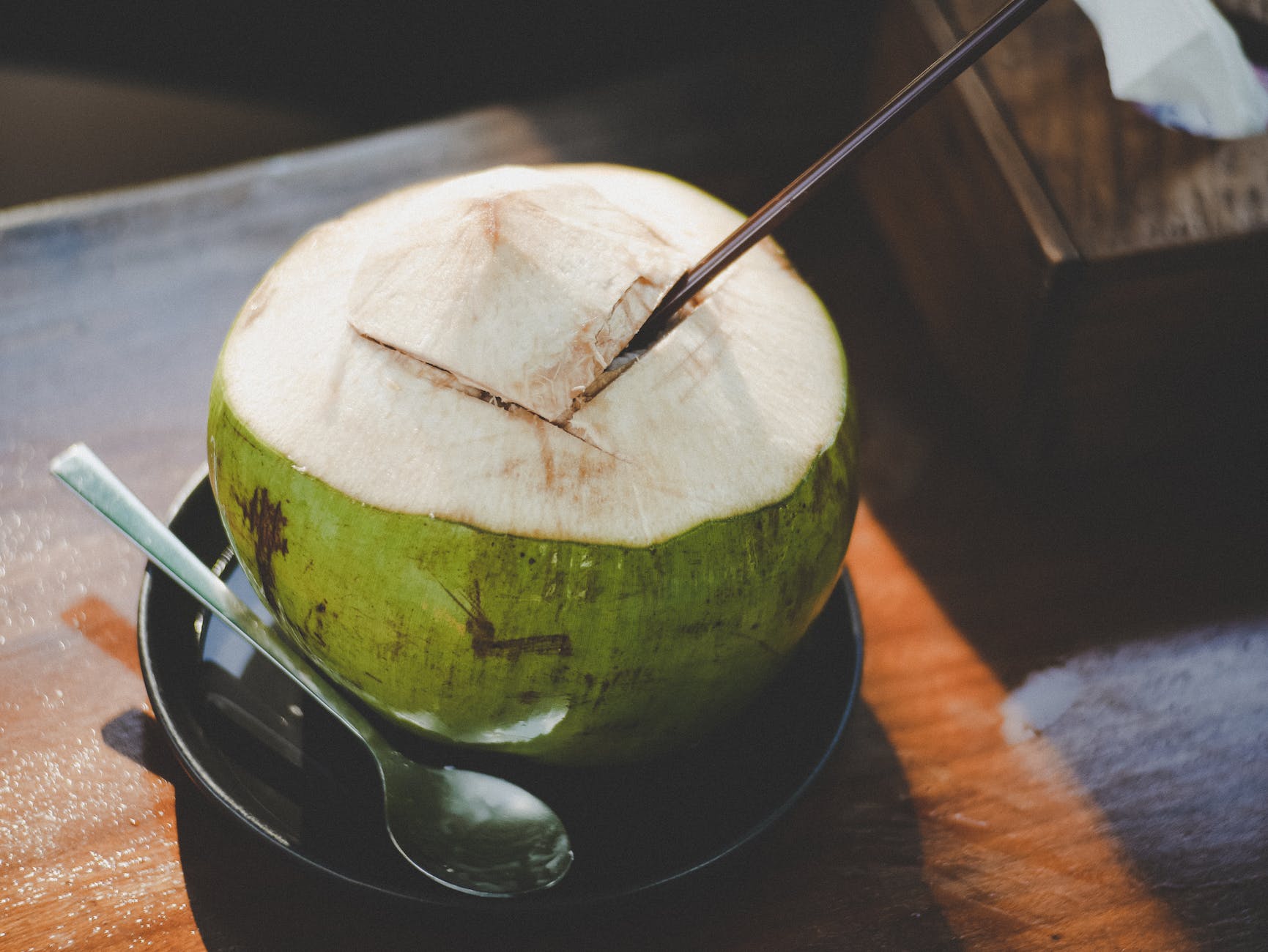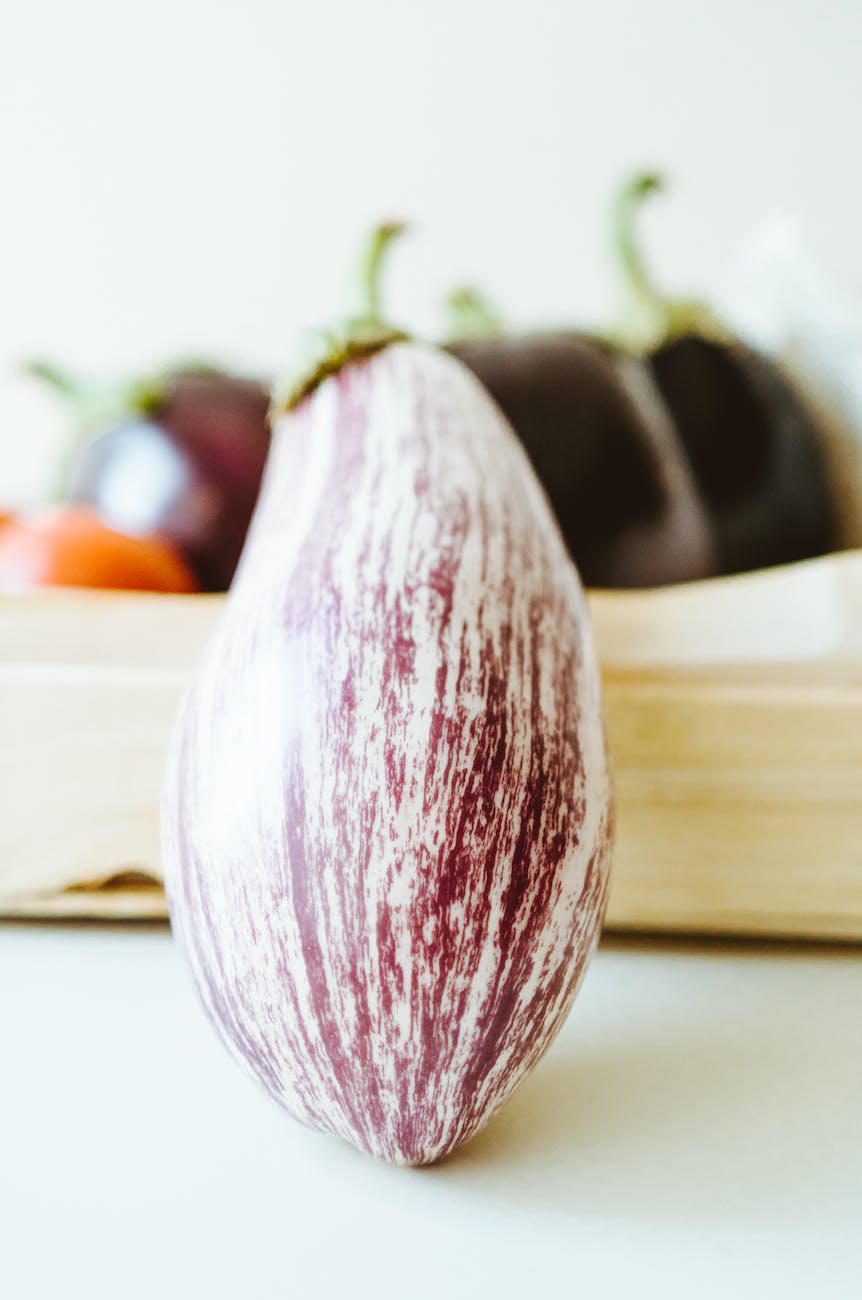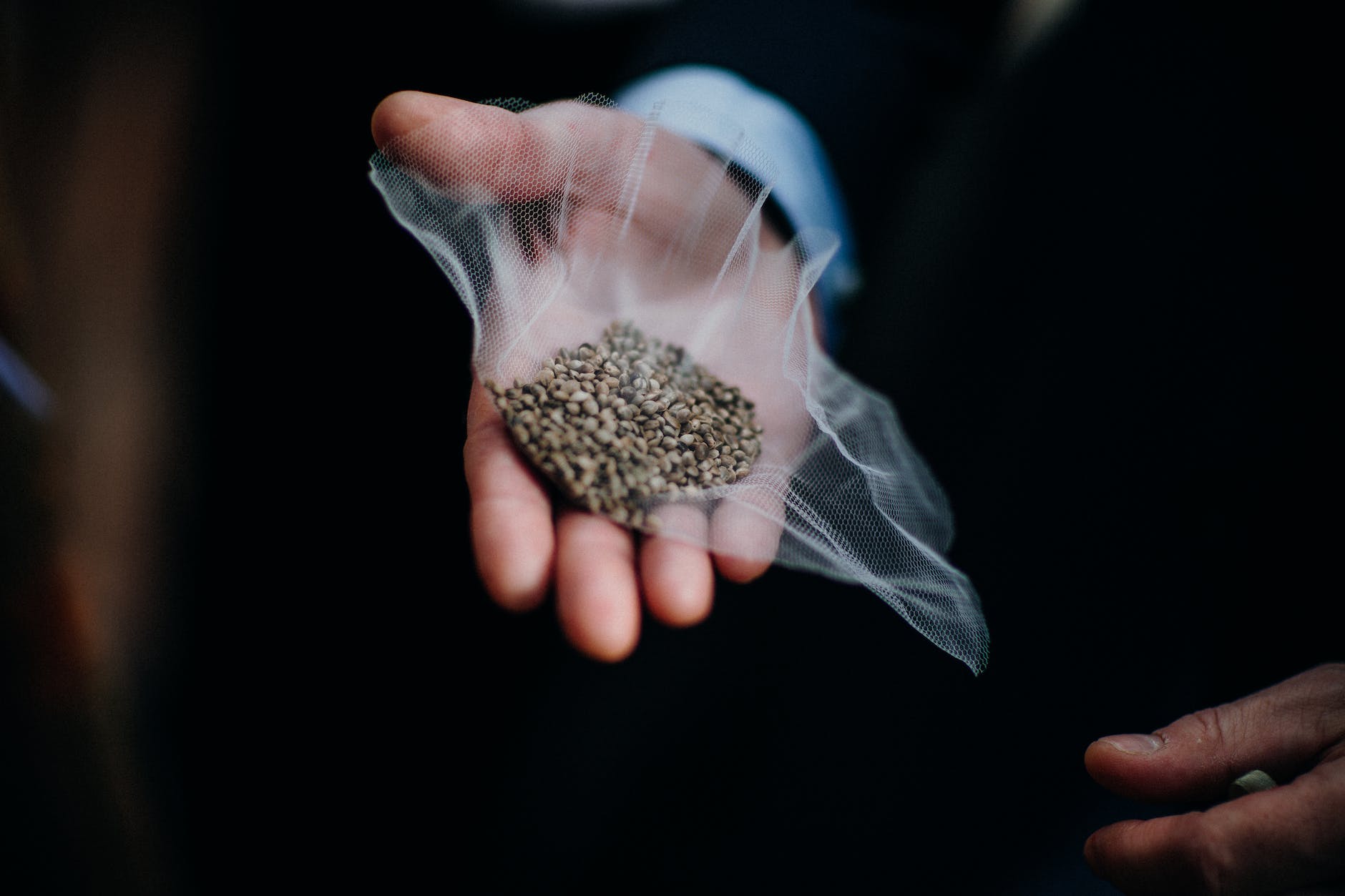
In the vast realm of ketogenic diets, finding delightful and nutritious dairy alternatives is a key aspect for many keto enthusiasts. Among these alternatives, coconut milk shines as a versatile and creamy delight that has garnered significant attention in the keto community. In this comprehensive guide, we will delve into the keto-friendliness of coconut milk, its nutritional benefits, creative ways to use it in keto recipes, and answer some common queries related to its consumption.
Is Coconut Milk Keto-Friendly? Unraveling the Carb Content
A crucial principle of the ketogenic diet revolves around consuming foods low in net carbs. On keto, net carbs are calculated by subtracting fiber and sugar alcohols from total carbohydrates, as they have minimal impact on blood sugar levels and are not fully digested.
When it comes to coconut milk, the canned, full-fat version is considered the most keto-friendly. A typical serving of canned coconut milk (approximately 1/4 cup) contains around 2 grams of net carbs, making it suitable for most low-carb diets.
Nutrition and Health Benefits of Coconut Milk in Keto
Coconut milk is not only a delicious addition to your keto recipes but also packs a range of essential nutrients that contribute to your overall well-being. Here’s a breakdown of the nutrition and health benefits of coconut milk in a ketogenic lifestyle:
- Healthy Fats: A significant portion of coconut milk’s composition is comprised of healthy saturated fats, particularly medium-chain triglycerides (MCTs). These MCTs are efficiently metabolized by the liver into ketones, providing a readily available source of energy for the body and brain on a keto diet.
- Low in Carbohydrates: One of the main reasons coconut milk is popular among keto enthusiasts is its low carbohydrate content. Compared to other milk alternatives, canned coconut milk contains only a few grams of net carbs per serving, making it an ideal choice for those aiming to minimize their carbohydrate intake.
- Rich in Essential Nutrients: Coconut milk is a good source of several essential nutrients, including iron, magnesium, potassium, and manganese. These minerals play vital roles in supporting various bodily functions, such as maintaining bone health, supporting muscle function, and promoting a healthy immune system.
- Lauric Acid: Coconut milk is abundant in lauric acid, a type of fatty acid known for its potential antibacterial and antiviral properties. Lauric acid may contribute to enhanced immune function, protecting the body against infections.
- Supports Heart Health: Despite being high in saturated fats, coconut milk’s MCTs have been shown to have a positive impact on heart health. They may help increase the levels of “good” HDL cholesterol while reducing “bad” LDL cholesterol, promoting a healthier lipid profile.
- Weight Management: The medium-chain triglycerides in coconut milk can also aid in weight management by increasing feelings of fullness and supporting fat metabolism.
The Benefits of Coconut Milk in a Ketogenic Lifestyle
- Abundance of Healthy Fats: Coconut milk is rich in healthy saturated fats, especially medium-chain triglycerides (MCTs), which are readily converted into ketones and serve as an efficient energy source for individuals on a keto diet.
- Versatility and Creamy Texture: The luscious and creamy texture of coconut milk adds a delightful touch to both sweet and savory keto recipes. From smoothies and curries to desserts and sauces, coconut milk enhances the flavor profile of numerous dishes.
- Dairy-Free and Lactose-Free Option: For those with lactose intolerance or those who prefer a dairy-free lifestyle, coconut milk serves as an excellent alternative to traditional cow’s milk.
- Nutrient-Rich Goodness: Coconut milk contains essential nutrients, including iron, magnesium, potassium, and manganese, providing an array of health benefits while on a keto journey.
Incorporating Coconut Milk into Your Keto Recipes
- Keto-Friendly Smoothies: Infuse your keto smoothies with the creamy goodness of coconut milk. Combine low-carb fruits, leafy greens, and a dash of MCT oil for a delicious and energizing treat.
- Creamy Keto Curries: Prepare mouthwatering keto curries by simmering your favorite low-carb vegetables and protein sources in coconut milk enriched with aromatic spices.
- Dairy-Free Keto Desserts: Indulge in guilt-free keto desserts such as chia seed puddings, coconut milk ice cream, or keto-friendly panna cotta, all crafted using coconut milk as the base.
Keto-Friendly Coconut Milk Recipes
- Keto Chia Seed Pudding: Combine chia seeds, coconut milk, and a keto-friendly sweetener to create a creamy and nutritious pudding. Top with berries and toasted coconut for added flavor and texture.
- Coconut Milk Smoothie Bowl: Blend coconut milk with frozen berries, avocado, and a scoop of MCT oil for a refreshing and energizing keto-friendly smoothie bowl. Add some keto granola and sliced almonds as toppings for crunchiness.
- Coconut Curry Chicken: Simmer chicken pieces in coconut milk along with aromatic spices like turmeric, ginger, and cumin to create a rich and flavorful keto-friendly curry.
- Keto Coconut Ice Cream: Whisk together coconut milk, stevia or monk fruit sweetener, and vanilla extract, then churn in an ice cream maker for a creamy and luscious keto ice cream.
- Coconut Milk Green Curry: Prepare a Thai-inspired green curry using coconut milk as the base, and add low-carb vegetables like bell peppers, broccoli, and zucchini for a delectable keto meal.
- Keto Coconut Pancakes: Create fluffy and satisfying keto pancakes by combining coconut milk with almond flour, eggs, and baking powder. Serve with a dollop of sugar-free whipped cream and fresh berries.
Tips for Choosing and Storing Coconut Milk
- Opt for full-fat, canned coconut milk with no added sugars or preservatives.
- Shake the can well before use to ensure even distribution of the creamy coconut milk and the separated coconut cream.
- Store any unused coconut milk in a sealed container in the refrigerator. It can last for several days, but always check for any signs of spoilage before using.
- Remember that the canned coconut milk will solidify at lower temperatures, so gently warm it before incorporating it into your recipes.
Frequently Asked Questions about Coconut Milk and Keto
- Can I Drink Coconut Milk on a Strict Keto Diet?
- Absolutely! Unsweetened, full-fat coconut milk is an excellent beverage option for those following a strict ketogenic diet.
- Is Coconut Milk Keto-Approved for Daily Consumption?
- Yes, you can enjoy coconut milk daily as part of your keto meals, provided it fits into your daily net carb limit.
- Can I Use Coconut Milk in Place of Heavy Cream on Keto?
- Yes, coconut milk can be a suitable alternative to heavy cream in many keto recipes, especially for individuals seeking a dairy-free option.
- How Does Coconut Milk Compare to Other Keto-Friendly Milk Alternatives?
- Compared to almond milk, coconut milk is slightly higher in calories and fats, making it a creamier and more satisfying option.
- Are There Any Potential Side Effects of Consuming Coconut Milk on Keto?
- In general, coconut milk is well-tolerated. However, some individuals may experience allergies or sensitivities, so it’s essential to monitor your body’s response and adjust your consumption accordingly.
Conclusion: Embrace the Creaminess of Coconut Milk on Your Keto Journey
Coconut milk stands as a delightful and nutritious dairy alternative for those embarking on a ketogenic lifestyle. With its rich flavors, versatility, and minimal carb content, coconut milk offers a myriad of culinary possibilities for your keto creations. Embrace the creaminess of coconut milk and savor the benefits of this keto-friendly delight as you continue on your low-carb journey.
Tags: coconut milk, keto-friendly, net carbs, healthy fats, dairy-free, keto recipes, creamy texture, culinary possibilities, MCTs, lactose-free, FAQs













